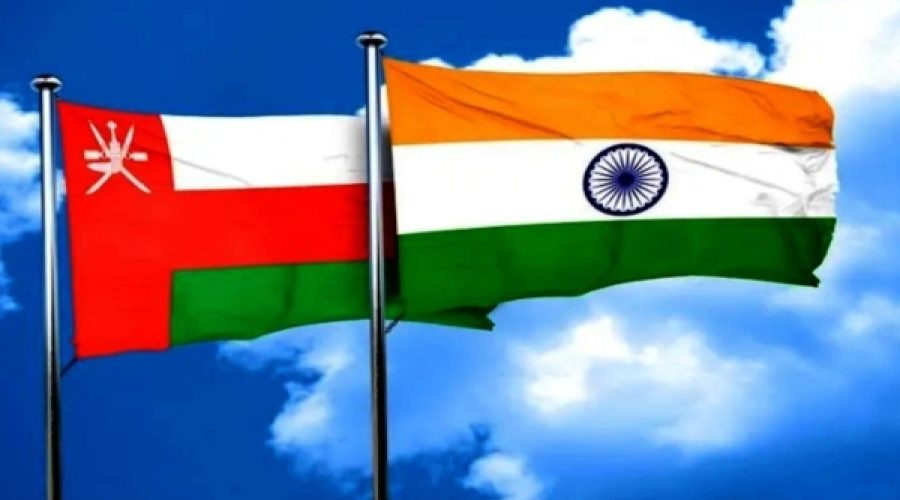Impact of Finalized FTA with Oman: Opportunities for Indian Investors and Local Businesses
India’s Trade Negotiations Progress Significantly
India’s Commerce and Industry Minister, Piyush Goyal, announced on Saturday that trade negotiations with the United States, Oman, and the European Union are in a "very advanced" stage. During a press briefing, he stated that the Free Trade Agreement (FTA) with Oman is "almost finalized," while discussions with the EU and the US are progressing rapidly.
The Indian Embassy’s website highlights the strong economic and commercial ties between India and Oman. For the fiscal year 2023-24, bilateral trade reached $8.95 billion, while estimates for fiscal year 2024-25 project an increase to $10.61 billion. Investment activity between the two countries has been robust, evidenced by the establishment of numerous joint ventures.
There are over 6,000 joint ventures between India and Oman in Oman, with an estimated investment exceeding $776 million. Indian companies actively invest in Oman, particularly within the Sohar and Salalah Free Zones. From April 2000 to March 2025, the cumulative Foreign Direct Investment (FDI) equity inflow from Oman to India has totaled approximately $605.57 million.
In fiscal year 2024-2025, Oman ranks as India’s 28th largest trading partner, with total trade valued at $10.61 billion. Conversely, India is Oman’s third-largest non-oil export partner and the fourth-largest for imports.
In 2024, key exports from India to Oman included light oils and preparations, aluminum oxide (excluding artificial corundum), rice, boilers and machinery, aircraft, electrical machinery, and beauty products. Conversely, India’s primary imports from Oman comprised crude petroleum oil, liquefied natural gas, urea (including fertilizer grade), organic chemicals, and anhydrous ammonia, among others.
Special Analysis by Omanet | Navigate Oman’s Market
The advancement of India’s Free Trade Agreement (FTA) with Oman signifies a transformative opportunity for Omani businesses, enhancing trade dynamics and fostering joint ventures. Investors should capitalize on this momentum, particularly in sectors like energy and manufacturing, while also assessing the potential risks of increased competition from Indian enterprises. Strategic positioning in the evolving landscape will be crucial for maximizing growth and mitigating challenges as bilateral trade evolves.



